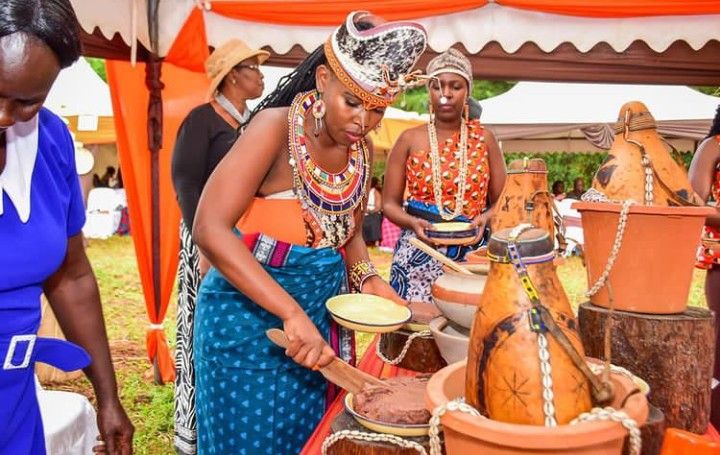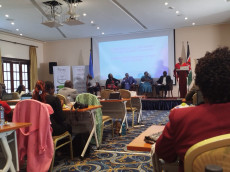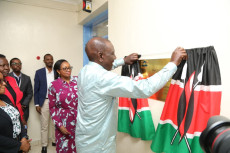- Once the dowry is settled, blessings are given, and the couple is officially recognized as engaged. A feast follows, filled with traditional dishes like mursik (fermented milk), roasted meat, chapati, and strong tea. Music, dance, and ululation fill the air as the bride, dressed in beautiful traditional attire, is celebrated by both families.
Long before the modern wedding gowns and lavish receptions, the Kalenjin people of Kenya had their own time-honored way of celebrating the union of two souls: Koito.
Deeply rooted in tradition, this pre-wedding ceremony has, for generations, marked the official coming together of not just two individuals, but of two families and entire communities.
Koito, which loosely translates to "marriage negotiations" or "engagement," is a cultural rite of passage for the Kalenjin. Historically, it was more than just a celebration—it was a sacred gathering led by elders, where dowry negotiations were held, family ties were cemented, and the bride-to-be was officially handed over to her new family.
The ceremony typically begins with the groom’s family arriving at the bride’s home bearing symbolic gifts—milk, sugar, flour, sodas, blankets, and sometimes livestock like goats or cows.
The main agenda of the day is the dowry discussion, an elaborate but respectful process involving the elders of both families. The talks are often lively, filled with tradition, symbolism, and moments of humor, but ultimately focused on reaching an agreement that signifies unity and goodwill.
Read More
Once the dowry is settled, blessings are given, and the couple is officially recognized as engaged. A feast follows, filled with traditional dishes like mursik (fermented milk), roasted meat, chapati, and strong tea. Music, dance, and ululation fill the air as the bride, dressed in beautiful traditional attire, is celebrated by both families.
Over the years, however, Koito has evolved—especially among the younger generation. While the essence of the tradition remains, many now opt for a more modern, blended version of the ceremony.
The negotiations have become symbolic in some cases, with fixed or token dowries. The event is often held in hotels or modern homes, with stylish décor, photographers, and professional catering.
Some couples now host joint Koitos, where multiple ceremonies are combined into one large celebration to save costs and time. Social media has also become part of the experience, with photos and videos being shared widely, giving the ceremony a digital twist.
Despite these changes, Koito continues to hold its place as a cherished cornerstone of Kalenjin culture—adapting to modern times while keeping its roots firmly planted in tradition.












